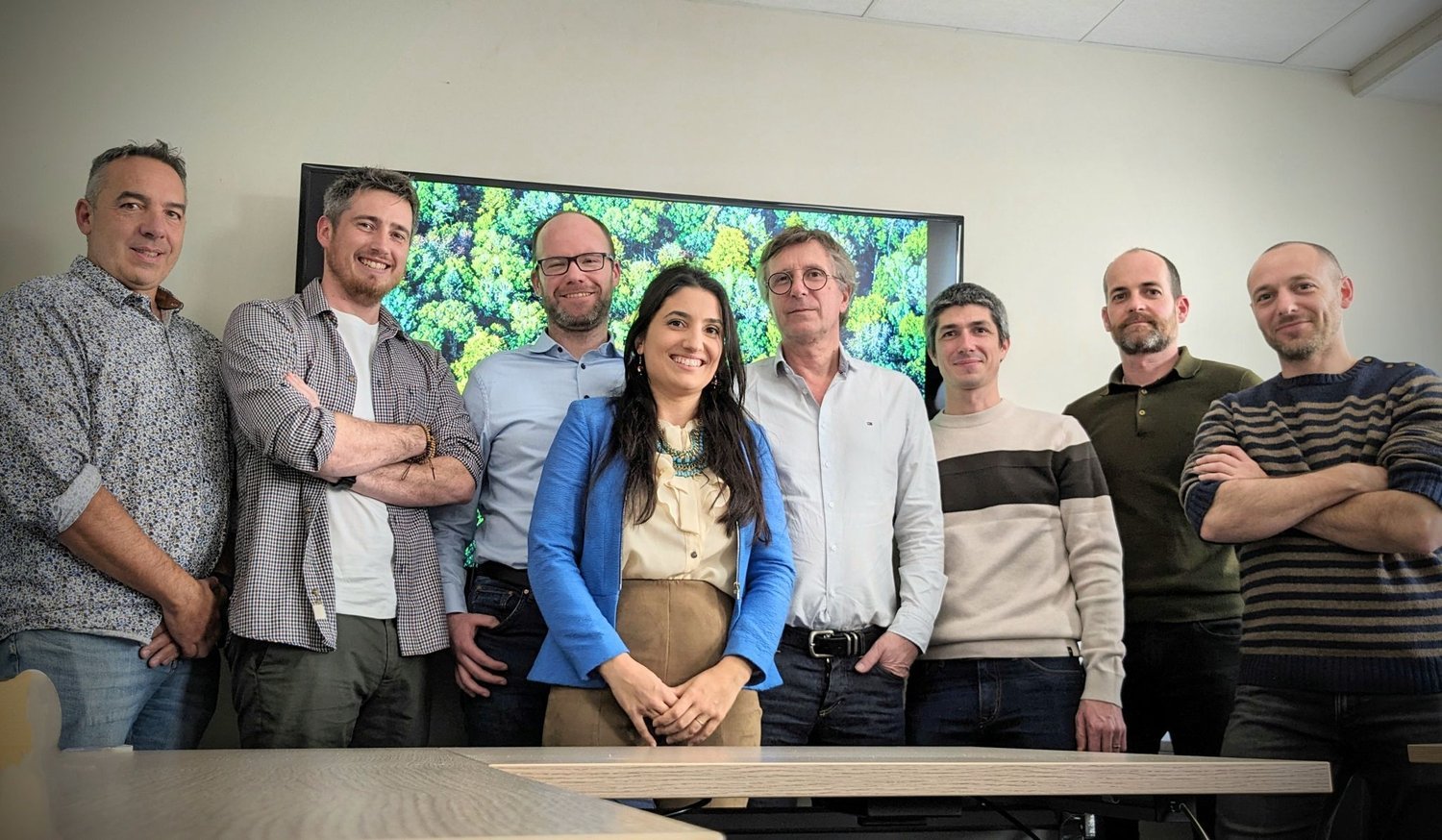Software for Nature-Based Solutions ?
Nature-based solutions are approaches to addressing environmental and societal challenges that involve the use of natural systems, processes, and resources. These solutions often involve the restoration or conservation of natural ecosystems, such as forests, wetlands, and grasslands, and can provide a range of benefits, including improved air and water quality, flood control, and habitat conservation.
One example of a nature-based solution is the use of green infrastructure, which involves the incorporation of natural elements into urban and suburban landscapes. Green infrastructure can include things like green roofs, rain gardens, and permeable pavement, which help to manage stormwater runoff and reduce the risk of flooding. Green infrastructure can also improve air quality by reducing the amount of heat-trapping gases released into the atmosphere, and can provide habitat for a wide range of species.
Another nature-based solution is the use of vegetation to combat erosion and stabilize slopes. Planting trees, shrubs, and grasses on steep slopes can help to hold the soil in place and reduce the risk of landslides. Vegetation can also help to filter pollutants out of the air and water, and can provide habitat for wildlife.
Nature-based solutions can be particularly effective in addressing the impacts of climate change, as they can help to mitigate greenhouse gas emissions and improve the resilience of communities to extreme weather events. In addition, nature-based solutions often have co-benefits, meaning that they provide multiple benefits at the same time. For example, a wetland restoration project may improve water quality, reduce the risk of flooding, and provide habitat for a variety of species.
Overall, nature-based solutions offer a range of benefits and can be an important part of the solution to a wide range of environmental and societal challenges. It is important to consider these solutions in the development of policies and programs that aim to protect and improve the natural world.
At Natural Solutions we belive in building software with the Agile process as project management approach that emphasizes flexibility, collaboration, and rapid iteration. It is designed to enable teams to respond quickly to changing requirements or priorities and to deliver working software incrementally throughout the development process.
The Agile process is based on the Agile Manifesto, a set of values and principles for software development that were first outlined in 2001. The Agile Manifesto promotes an iterative and incremental approach to project management, in which requirements and solutions evolve through collaboration between self-organizing and cross-functional teams.
The Agile process is typically implemented using Agile methodologies, such as Scrum, Lean, and Extreme Programming (XP). These methodologies provide specific frameworks and practices for managing and completing projects using an Agile approach.
In the Agile process, teams typically work in short development cycles, called sprints, during which they complete specific tasks and deliver working software. The length of sprints can vary, but they are generally one to four weeks in duration. At the end of each sprint, the team reviews and demonstrates the work completed, receives feedback, and plans for the next sprint.
We at Natural Solutions provide software solutions so get in touch and setup a meeting.

















